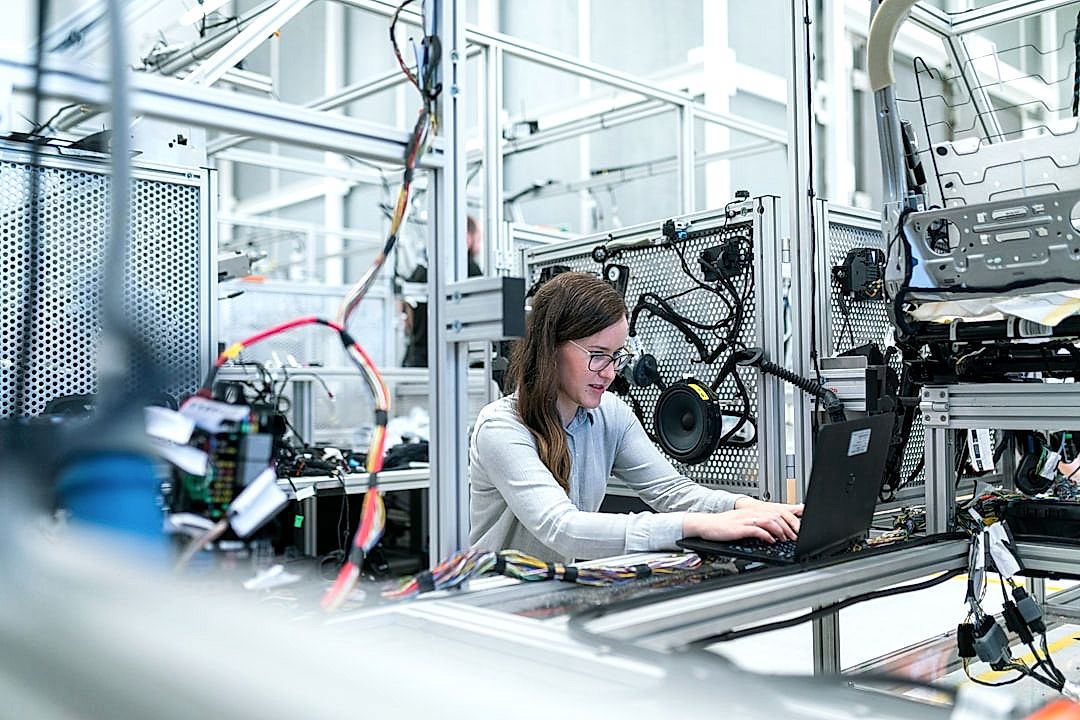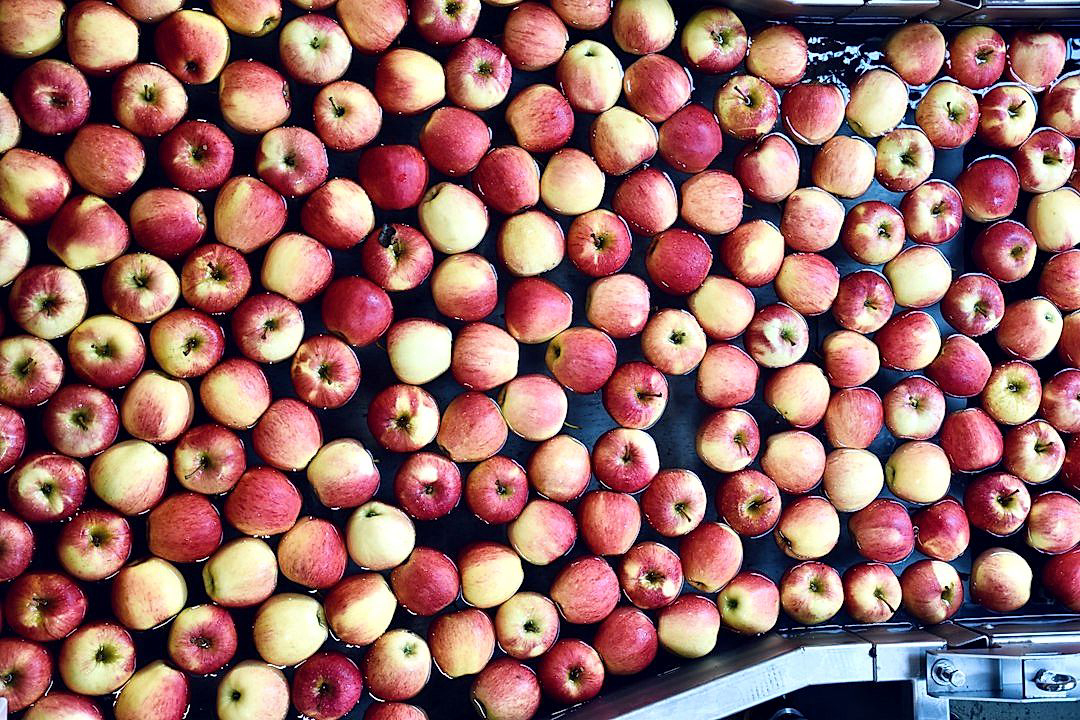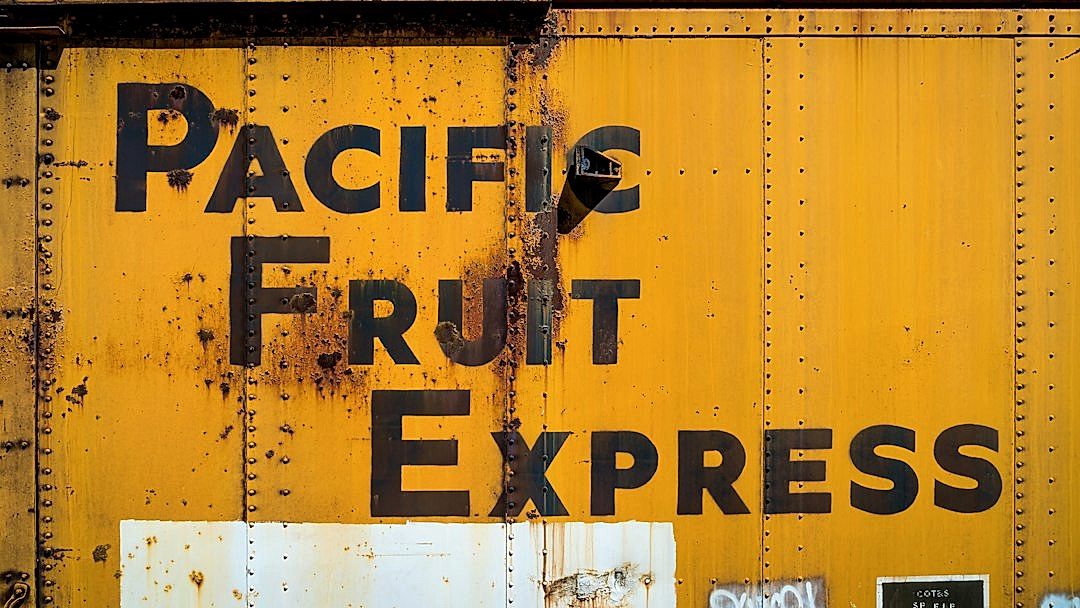The evolving demands of consumers and the impacts of environmental concerns create emerging challenges in the produce packaging logistics industry.
Overcoming these barriers requires both innovative thinking and strategic planning.
This requires not only addressing current needs but also proactively preparing for future ones.
Progress in technology and sustainability practices has brought forth new possibilities to future-proof various operations.
This includes more efficient management of resources, streamline processes and effective waste reduction.
Understanding these dynamics can equip industry players with the knowledge to strengthen their processes and adapt to changing landscapes.
Contents
Insights For Future-proofing Produce Packaging Logistics Operations
1. Implement sustainable, recyclable materials for packaging
In an era where climate change and environmental conservation have taken center stage, implementing sustainable and recyclable materials for packaging in logistics operations cannot be overemphasized.
Today, most companies, both large and small, are under significant pressure to reduce their carbon footprint and contribute towards a greener and healthier planet.
This has necessitated the need for the adoption of sustainable business practices in all aspects of business operations, more so in the area of packaging.
Indeed, using sustainable, recyclable materials for packaging in logistics presents numerous benefits for both the business and the environment.
Implementing sustainable packaging is not just an ethical choice but is also turning into a business necessity, as consumers are becoming more environmentally conscious and prefer to patronize businesses that care for the environment.
Thus, it goes without saying that future-proofing produce packaging logistics operations necessitates the shift towards sustainable, recyclable packaging materials.
For instance, businesses can opt for biodegradable packaging materials made from organic matter like cornstarch and mushrooms, which decompose over time without leaving a harmful residue in the environment.
Additionally, they can utilize recyclable materials such as cardboards, paper, and certain types of plastics resulting in less waste finding its way into the environment.
This in turn promotes a circular economy whereby waste from one product can become a raw material for another, thus creating a continous cycle and reducing the demand for natural resources.
Moreover, recycling requires less energy compared to making products from raw materials, hence mitigating global warming through the reduction of greenhouse gas emissions.
Furthermore, the use of sustainable packaging materials could result in cost savings for operations in the long run.
This is because incorporating recyclable materials in your operations can reduce packaging costs, improve supply chain efficiency, and even enhance your company’s reputation and appeal to environmentally-conscious consumers.
It is important to note however, that implementing sustainable, recyclable materials for packaging requires a comprehensive approach, involving not only the adoption of eco-friendly materials, but also redesigning packaging processes to minimize waste, energy use, and carbon emissions.
As companies continue to explore ways to become more eco-friendly, they must ensure that their solutions do not compromise the quality and freshness of their produce, nor the efficiency and effectiveness of their logistics operations.
Therefore, as technology continues to evolve, newer, more sustainable options are being discovered and utilized, thereby greatly improving the potential for in-depth implementation of sustainable and recyclable materials in produce packaging logistics.
2. Automate the Packaging Process with AI Technology
The automation of the packaging process through AI technology is a rapidly growing trend in the logistics operations of the produce industry.
Incorporating AI into packaging operations not only enhances efficiency and productivity, but also contributes to the industry’s commitment towards sustainability.
AI technology can be utilized to automate various aspects of the packaging realm, ranging from the design process to the actual packaging of products.
One of the key areas where AI stands to bring considerable benefits is in the optimization of packaging designs.
By leveraging AI, businesses can create innovative packaging that embodies sustainability, functionality, and aesthetics, all the while ensuring the produce’s longevity.
AI serves as an invaluable resource for the analysis of various packaging alternatives, as it can assess and compare the environmental implications of each option.
Moreover, AI can help to standardize the packaging process, thereby reducing the likelihood of errors or discrepancies that could lead to wastage or inferior quality.
Another transformative application of AI in packaging is its ability to facilitate predictive maintenance of packaging machinery.
Achieving this involves using machine learning algorithms to detect anomalies and provide alerts before a breakdown occurs.
This preemptive approach saves businesses from expensive repairs and downtime, resulting in improved efficiency and service levels.
Additionally, AI enhances the scope for customization, enabling businesses to tailor packaging as per individual consumer preferences.
The ability to personalize packaging at scale is a significant advantage, as it increases consumer engagement and differentiates the brand in the market.
Importantly, automation using AI can considerably reduce labor costs. The reliance on manual labor is reduced as AI-driven machines proficiently manage the packaging process.
This not only translates to cost savings for businesses, but also mitigates the risk of human errors, providing a higher level of consistency and reliability in packaging operations.
Furthermore, integrating AI with technologies like IoT can enable real-time tracking and traceability of packaged produce from the warehouse till it reaches the consumer.
Such real-time visibility is highly desirable as it promotes transparency, enhances supply chain control, and enables swift corrective actions, if required.
3. Optimize Inventory Through Predictive Analytics Applications
The implementation of predictive analytics applications is a rapidly growing trend in optimizing inventory for produce packaging logistics operations.
This technology can revolutionize the way you manage your inventory by dynamically predicting demand and thus, reducing waste through a more efficient stock management.
There are various types of predictive analytics models which can be employed based on the specifics of your business needs.
For instance, time-series models could be used to predict future demand based on historical data.
While machine-learning models can be trained to recognize complex patterns and relationships among numerous factors affecting demand.
Moreover, predictive analytics also aids in the process of understanding customer behavior which indirectly helps in adjusting inventory levels to match customer needs precisely.
Predictive analytics models provide a more reliable estimate of upcoming demand, allowing for better planning, improved customer service, and decreased waste.
These analytics tools can be integrated with your existing inventory management systems to streamline the process and provide alerts when stock levels are predicted to fall below optimum levels.
This technology not only saves time but also reduces the chances of human error, making the inventory management more efficient.
Furthermore, the use of predictive analytics in inventory management helps in reducing carrying costs associated with overstocking or the costs incurred by loss of sales due to understocking.
It’s important to remember that although predictive analytics can significantly improve inventory management, it does require a robust data infrastructure.
Accuracy in predictions is highly dependent on the quality of data you have at your disposal.
Therefore, it’s critical to invest in data collection and processing infrastructure in order to get the most out of predictive analytics applications.
Last but not least, predictive analytics applications are only as beneficial as the ability of your organization to act on the insights they provide.
Consequently, a cross-functional approach which includes collaboration between data scientists, operation managers and supply chain managers is key to successful implementation.
In a nutshell, optimizing inventory through predictive analytics applications can elevate the efficiency of your produce packaging logistics, increase profitability and resilience, leading to a more sustainable future.
The Bottom Line
Ultimately, transitioning to sustainable and recyclable packaging materials not only benefits our environment but could pave the way for significant cost savings in the long run.
The automation of the packaging process through AI technology can vastly improve accuracy and efficiency, thereby potentially reducing packaging waste.
Meanwhile, predictive analytics applications offer an innovative solution for optimizing inventory levels, which can lead to a more streamlined supply chain and better fulfilment rates.
Therefore, exploiting these strategies can profoundly improve business operations while actively contributing to environmental sustainability.
The immense potential of these changes points to the dawn of a new era for the packaging industry.




